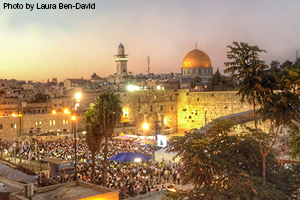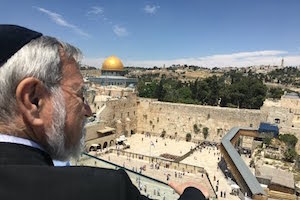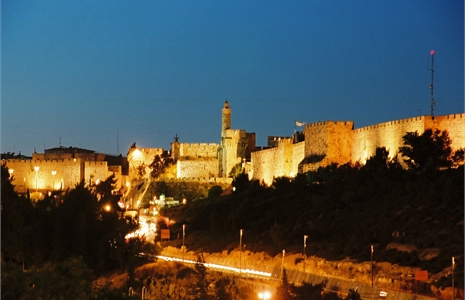The Parsha, the Process and the Promised Land: Parshat Behar-Bechukotai
by Michael Freund
1. A Holy Land for a Holy People
Parshat Behar begins by detailing the laws of Shemitta, the Sabbatical year when the Land of Israel is to lie fallow. The Torah says G-d instructed Moshe: “Speak to the Children of Israel and say to them: When you come to the Land that I give you, the Land shall observe a Sabbath rest for G-d" (Chap. 25, verse 2). Throughout the passages describing the Shemitta year, it is repeatedly referred to as a "Sabbath" for the Land.
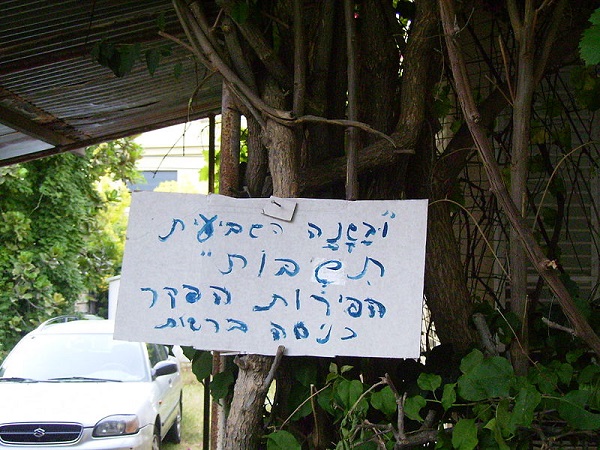
The question: What is the meaning of the use of the word "Sabbath" in the context of the Shemitta laws?
The answer: The Sefer Daat Chachamim cites an interesting interpretation which says that the word "Sabbath" is used to hint at the connection between Shemitta year and the mitzvah of the Sabbath. Just as the Sabbath is intended to strengthen Israel’s faith that it is a holy nation, so too the Shemitta year is designed to strengthen the Jewish people’s faith that the Land of Israel is a holy land. The Land rests during Shemitta (the seventh year) just as G-d rested on the Sabbath after the six days of Creation. Hence, the Torah chose to use the word ‘Sabbath’ when instructing us regarding the Sabbatical year.
The lesson: This article was written eight months after, Rosh HaShanah heralded the onset of the year 5761 on the Jewish calendar, a year that happened to be a Shemitta year. But it also marked the launch of a ‘Palestinian’ campaign of violence and terror. As noted above, one of the purposes of Shemitta is to remind us how special and holy the Land of Israel is. For a nation that had spent the past seven years slicing apart its homeland and parceling it out to an obstinate foe, the lesson of Shemitta has never been more relevant.
Many Jews in Israel and around the world have sadly lost touch with the sanctity of the Land, viewing it as a bargaining chip to be traded away. The fact that the Land must lie fallow during Shemitta year is a reminder to us all that the entire Land of Israel is holy and that it is not ours to do with as we please or to turn over to a foreign entity. Indeed, it is a chilling irony that the ‘Palestinian’ intifada broke out simultaneously with the onset of a Shemitta year - as if to say that even if we think the Land can be traded away, then our enemies, of all people, will be the ones to show us the futility of such efforts.
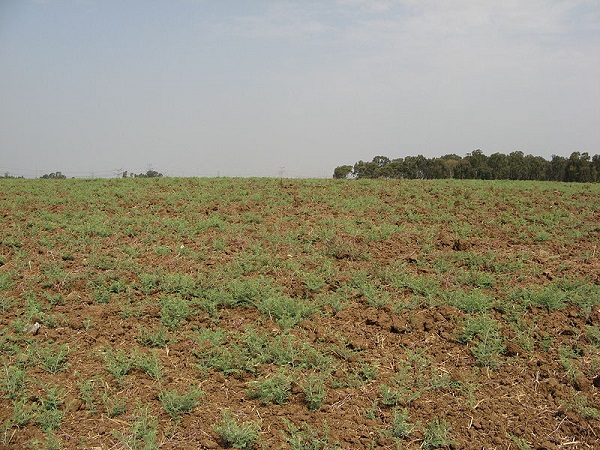
This should remind us all of a basic and fundamental truth: The Land of Israel belongs to the people of Israel because the G-d of Israel said so. No amount of historical distortion or international condemnation can alter this irrefutable fact - that the Holy Land was given to the Holy People.
2. Make 'em Shake in Their Boots
Parshat Bechukotai contains bountiful blessings and chilling curses. G-d tells the Jewish people that their national behavior will determine whether they as a society will enjoy the blessings or suffer the curses. If the Jewish people faithfully preserve their special covenant with G-d, they will luxuriate in peace and prosperity, and their enemies will fear them. The Torah says, 'Five of you will pursue a hundred, and a hundred of you will pursue ten thousand, and your enemies will fall before you by the sword' (Chap. 26, verse 8).
The question: What does the verse mean when it says that 5 Jews will be able to pursue 100 of their foes, but 100 Jews will be able to pursue 10,000?
The answer: The Kli Yakar explains that if 5 Jews will be able to pursue 100 of their foes, it will instill great fear in the hearts of their enemies. As a result, the enemy's morale will be weakened so greatly that 100 Jews will then be able to go after 10,000 of their enemies, which is a far greater ratio. This process of demoralization will intensify among the enemy, says the Kli Yakar, until the second half of the verse will then be fulfilled - 'and your enemies will fall before you by the sword' - meaning that the enemy will be so frightened of Israel that he will yield without a fight.
The lesson: Israel's seeming inability to quash the ‘Palestinian’ terror campaign raises the unpleasant prospect that the bloodshed may be far from over. Israel's vaunted army, known as one of the world's best fighting forces, seems at a loss as to how to halt the rebellion. One source of the problem, it seems, is that Israel has forgotten the basic lesson of warfare that the Kli Yakar noted above - namely, that a key element in defeating a hostile enemy is to instill him with fear and dread. It is not enough to merely respond to provocations or to hit back with pinpoint assaults.
The enemy must be made to understand that he will pay a heavy price for his actions. He must learn to fear the consequences, knowing that he will not be allowed to act with impunity. Were this the case, the violence would have ended long ago. But, sadly, it has not. Each ‘Palestinian’ escalation has failed to elicit an overwhelming response, effectively inviting them to turn up the heat still further. The time has come for Israel's leaders to apply the military prescription noted by the Kli Yakar. For only when the ‘Palestinians’ learns the meaning of fear is there any chance of the violence finally coming to an end.
3. Yom Yerushalayim - Jerusalem Liberation Day
The 28th day of the Hebrew month of Iyar, the date upon which Israeli forces liberated the Old City of Jerusalem during the 1967 Six-Day War, is marked every year as Yom Yerushalayim, the day of reunification of the Jewish people with the heart of our being. After nearly 2000 years of exile and foreign occupation, the Western Wall and the Temple Mount came under Jewish control once again.
A May 30, 1997 article in the daily HaTzofeh recounted the story of Yoram Zamush, the Israeli soldier who raised the first Israeli flag over the Temple Mount after its liberation in 1967:
“We found the city empty, and were greeted only by the wail of ambulances and numerous fires. We prepared to take the Old City itself. We had to break through about eight rows of barbed wire, free beleaguered Mt. Scopus, take the Rockefeller Museum, Augusta Victoria, the Mount of Olives, and join up with the tanks which had broken through from Ramla. Yoram had already received a promise from Motta Gur, the brigade commander, that he, Yoram, would be given the honor of freeing the Temple Mount.
Yoram returned to Beit HaKerem where his unit was waiting and set up temporary headquarters in the home of the Cohen family. When Grandma Cohen heard what they were planning, she rushed home and returned with a hand-drawn flag which she herself had made upon her aliya in 1947. She said to Yoram, 'If you reach the Temple Mount and the Western Wall, raise this flag there.'
Yoram took the flag and went to war. To this day, he says, he has not forgotten the feeling as he left the warmth of the Cohen home and went out into the cold and dangerous night. Before they reached the border, the Jordanians spotted their buses, opened fire, and wounded 40. We wiped them out, but the battle continued for six hours. We lost a third of our unit. Later, as we were spread out along the Kidron Valley, licking our wounds, we began to realize the heavy toll that had been taken so far, both by our unit and those who had fought at Ammunition Hill and on Mount Scopus.
Suddenly the order came -- take the Old City -- but this time to do it with minimum losses. Commander Gur sent a tank up to Lions' Gate to break down the gate and he himself entered the Old City. Yoram Zamush, followed by his men, raced in and he was the first to reach the Temple Mount. They took the Mount, and found some Jordanian soldiers hiding in the Dome of the Rock. Zamush began to look for the way to the Western Wall. Someone brought him the key to the Mugrabi Gate, which is located next to the Wall. Someone else produced a set of tefillin (phylacteries) and everyone put them on, even those who did not really remember what to do with them.
Zamush: ‘I felt that at long last we had settled a score with the soldiers of Titus. It was the first time since the Temple had been destroyed by Titus that Jews, and Jews with weapons no less, walked freely on the Temple Mount. Suddenly I remembered Grandma Cohen's flag and proceeded to unfurl it over the Mount and the Wall.'
Yoram Zamush concludes: 'Two thousand years of yearning, hope, planning and love for Jerusalem preceded that moment, along with the blood of our best fighters.'
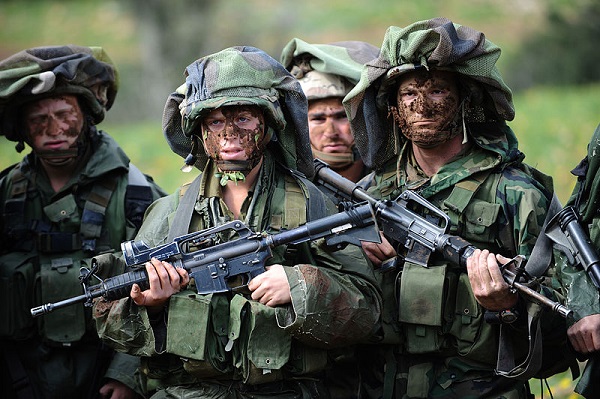
The Talmud in Tractate Taanit (29a) contains a description of how the two Temples were destroyed, the first by the Babylonians and the second by the Romans. The Talmud says that in both cases, when the attackers entered the Temple grounds, it occurred on a Sunday. Nevertheless, the Levites on duty were singing the Song of the Day for Wednesday rather than Sunday.
Why were they singing Wednesday's song, Rabbi Nachman Kahane, Rabbi of the Young Israel of the Old City, explains that Wednesday's song, which is Chapter 94 of the Book of Psalms, begins with the words, 'O G-d of vengeance, Hashem, O G-d of vengeance, appear!' The Levites, seeing that the Temple was about to fall into enemy hands, wanted to issue a last-minute plea to G-d to avenge the capture of His Holy Temple, hence they chose to recite the Song of the Day for Wednesday. And, as Rabbi Kahane points out, the day upon which the Israeli army liberated the Temple Mount was June 7, 1967 which, of course, was.. a Wednesday.
And so, the circle was closed, and Jerusalem once again is in Jewish hands.
Originally published here

Michael Freund is a correspondent and syndicated columnist for The Jerusalem Post. A native New Yorker, he is a graduate of Princeton University and holds an MBA in Finance from Columbia University. He has lived in Israel for the past 16 years and remains an avid New York Mets fan.

